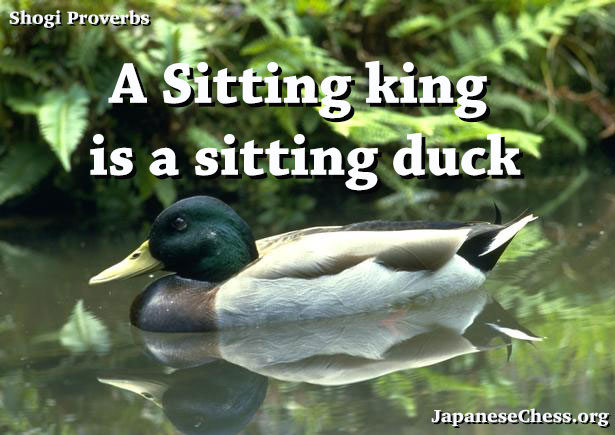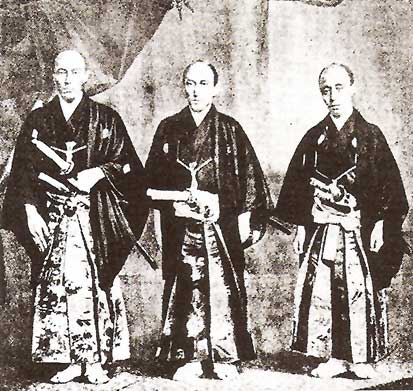Shogi, aka Japanese Chess, is an extremely fun and challenging variant of Chess. Actually the two versions of chess are cousins. Shogi, pronounced SHOW-gee with a hard ‘G’, is the western version of a game that was created in India several centuries ago. Chess is the European version of the same game.
Just as you have many variants on Western Chess, there are several variants of Shogi. The main version of shogi is played on an 9×9 square board (one bigger than chess). Japanese Chess tends to be a bit more challenging than Western Chess, but still very fun for beginners and masters alike.
One of the most interesting Shogi rules is that tokens that are captured become the enemy’s pieces, and he can then drop them back on the board to strengthen his army. This adds a great deal of strategy to the game as pieces appear from seemingly nowhere to block checks or quickly promote.
I have a very rough beta version of shogi for play online. You can play it by clicking the image below. It will take you to the page, and let you play against the computer. The AI is a bit weak, but I’m working on fixing that in future versions.
Everyone’s introduction to shogi is unique. My introduction was from a friend that was Japanese. He was very tired of me beating him at Western chess, so one day he pulled out a Japanese chess board and said, Let’s try this for a while. He thoroughly beat me many times and then gave me the shogi board as a present.
This was in the days before the Internet, so wrote down the rules for future reference and taught my own children how to play when they were old enough to learn the rules of shogi.
I’m just getting started on this site, so keep checking back for updates.






